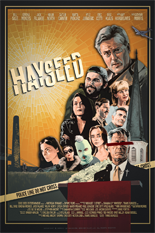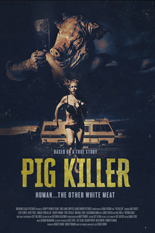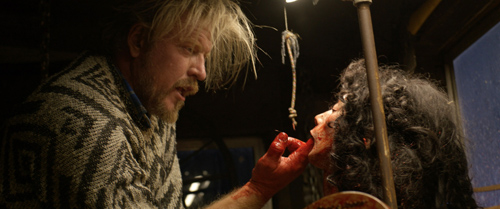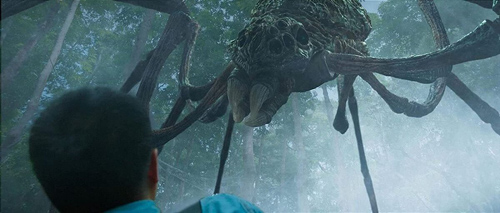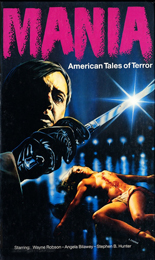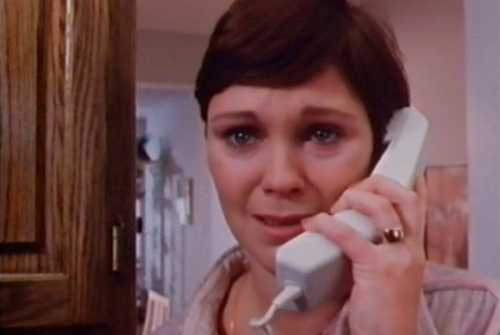
In a small Michigan town known for faith, family and farming (probably in that order), a local reverend is found drowned in his church’s baptismal pool. Insurance investigator Leo Hobbins (Bill Sage, 2021’s Wrong Turn) drives in from Detroit to determine whether the death was an accident or a suicide. The late rev’s right-hand woman, Darlene (Ismenia Mendes, 2019’s Lost Holiday), attempts to convince Leo of Option C: murder. She’s also the policy’s primary beneficiary — freshly added, at that.
As unassuming a film as the cozy, close-knit town in which it unfolds, Hayseed marks an exceptionally assured first feature from writer/director Travis Burgess. Although every resident exhibiting a quirk isn’t exactly innovative, his film is an arch, wry comedic whodunit, aiming more for smile-all-the-time than laugh-out-loud, and succeeding.
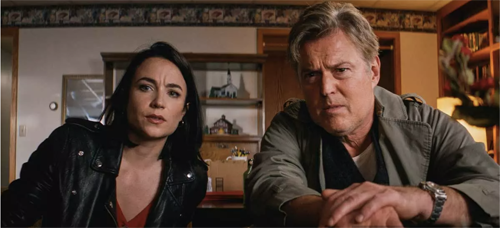
With Leo, Burgess has gifted Sage the leading role that’s eluded him since his Hal Hartley heyday in the indie-friendly ’90s. The deeper the evidence takes the former cop, the more his gruff peevishness melts drop by drop into something the everybody-knows-everybody populace recognizes as human empathy. (Not so much that Leo wants to stick around after case-closing to solve more crimes alongside Darlene … but if he did, I’d watch that TV series.) Sage is utterly charming in the part, giving the movie its heart and its ulcer. Imagine Robert Redford as Fletch, if your mind allows such a flight of fancy.
Best exemplified in recent years by Rian Johnson’s Knives Out pair of films, this style of mystery thrives on support from a talented pool of suspects. Here, that ensemble includes Kathryn Morris (Minority Report) delightfully playing against type as a flirty waitress, Jack Falahee (TV’s How to Get Away with Murder) as a recovering addict who’s renamed himself Duck, and Blue Ruin sibling Amy Hargreaves. Their individual work adds color to a plot that’s not hard to solve, but a blast to watch unfold — and hear, thanks to Xander Naylor’s Farfisa organ-fueled groove of a score.
Other than another tightening of the wrench, Burgess could do precious little to improve Hayseed without potentially upsetting the recipe that baked such an out-of-nowhere winner. With pleasant surprises so hard to come by these days, don’t let this one go unnoticed. —Rod Lott

